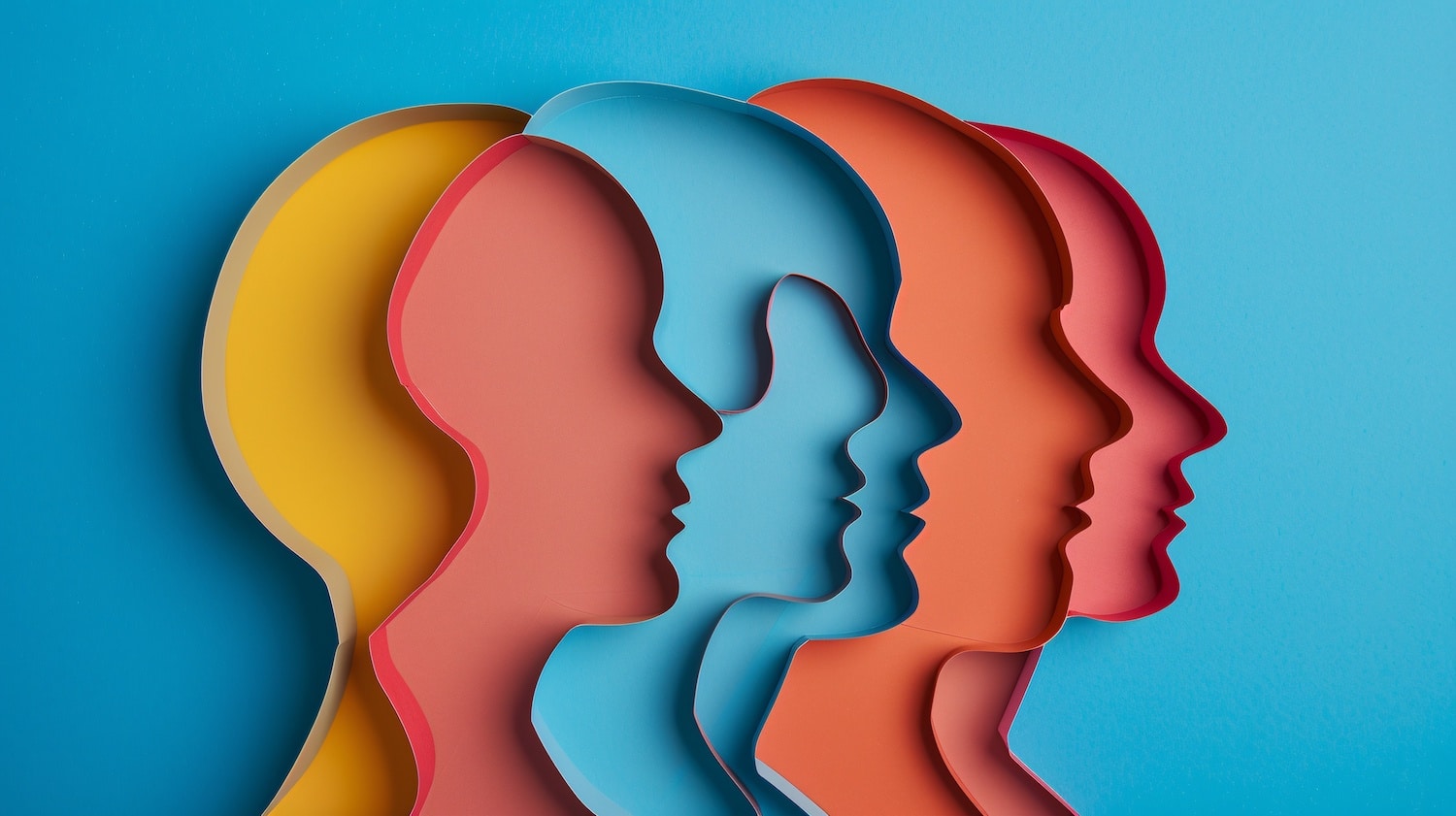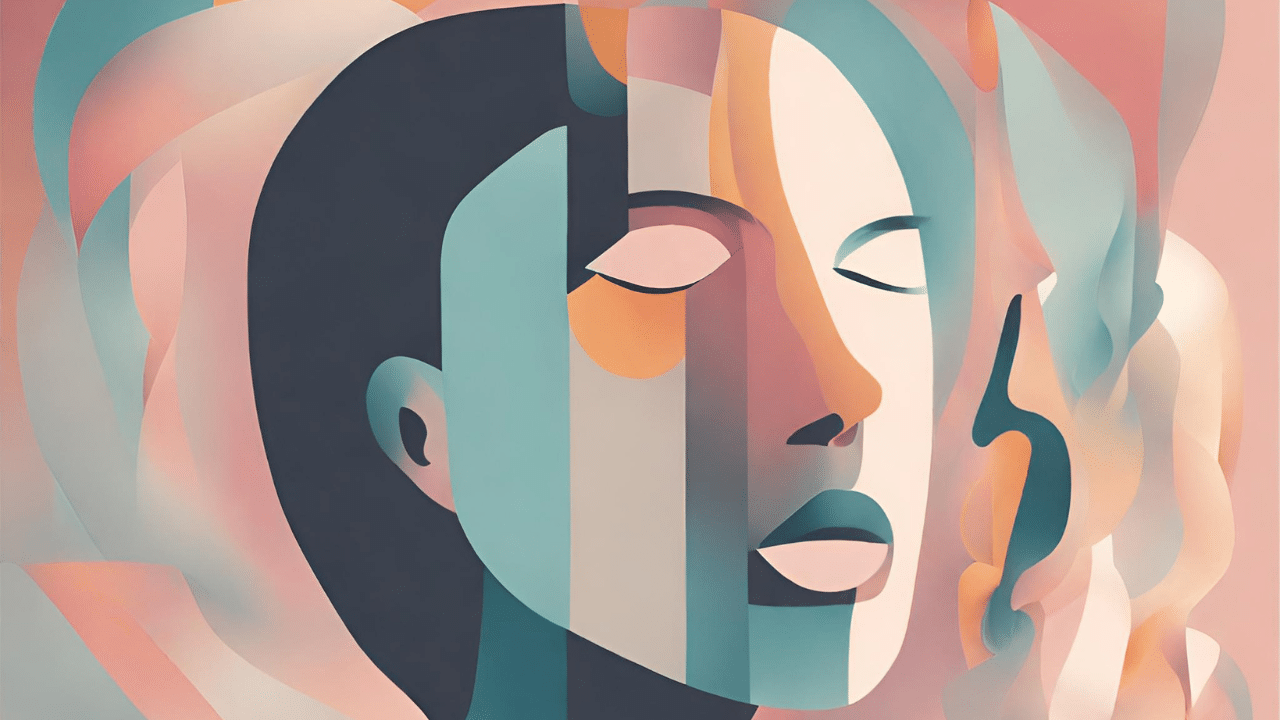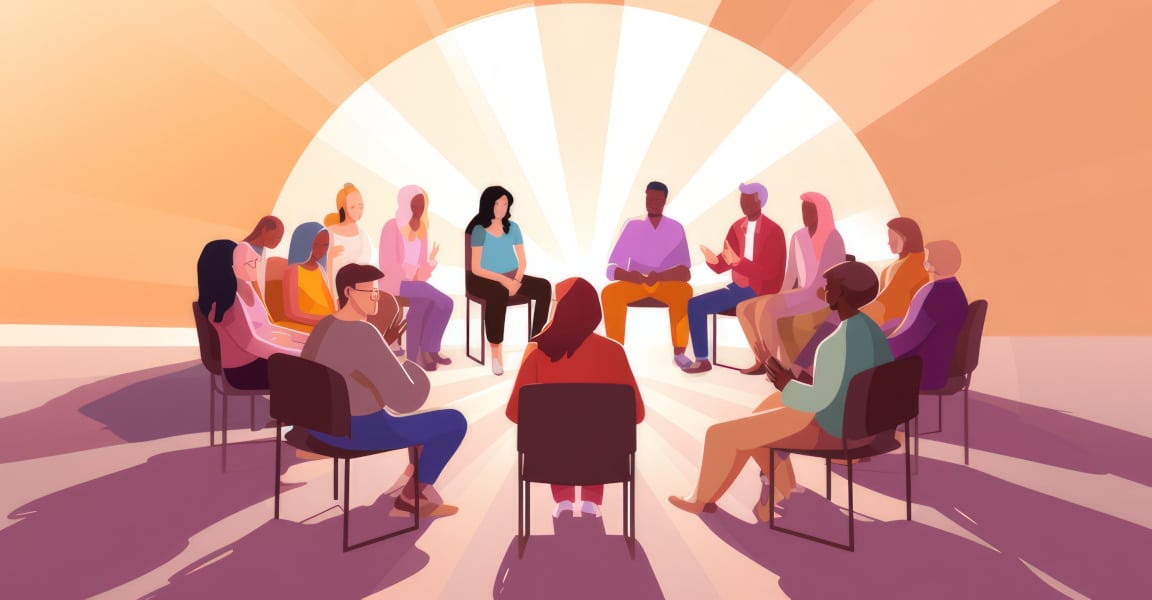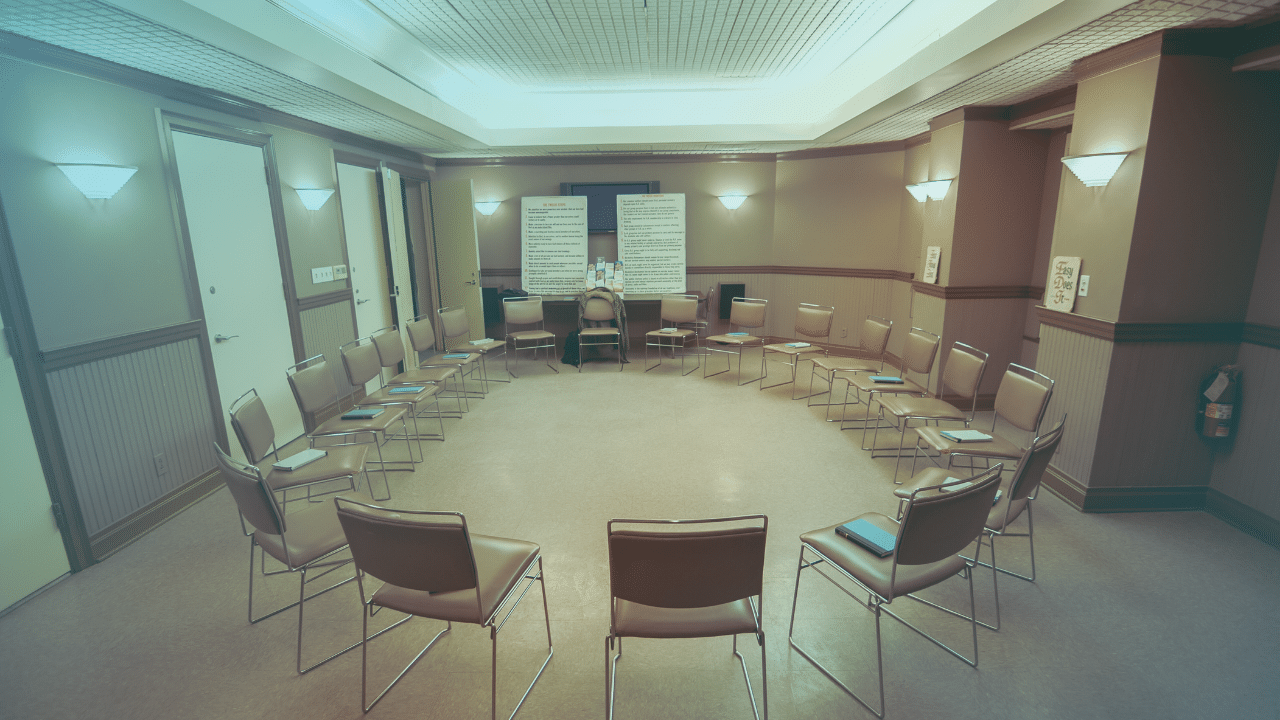
With the shift in seasons comes shifts in mental health for millions of people. The shorter days and weather changes leave many feeling down and dreary. Some can adapt to the changes and are good to go within a few days or weeks, but others have a tough time making it through the winter.
If you are someone who starts feeling down or depressed during the fall or winter and begins feeling better in the spring once the seasons shift again, you may have seasonal depression. Also called seasonal affective disorder, this subtype of depression affects how you think, behave, and feel. It can also affect your ability to meet daily responsibilities at school, work, or home.
Are you struggling with seasonal depression? If so, what can you do to prepare for the impact of seasonal affective disorder and make it through this winter season?
What is Seasonal Affective Disorder?
Seasonal affective disorder (SAD), often called seasonal depression, is a type of depressive disorder that affects people primarily during the fall and winter months. Although not as common, some people experience SAD during the summer months instead. Symptoms of seasonal depression are similar to those of other depressive disorders, including:
- Feeling sad, down, or depressed most of the time
- Feeling hopeless or worthless
- Having little or low energy
- Having difficulty focusing or concentrating
- Sleeping problems
- Changes in appetite
- Fluctuations in weight
- Having thoughts of death or suicide
Winter-pattern seasonal depression symptoms may include:
- Withdrawal from friends and family
- Oversleeping (hypersomnia)
- Overeating
- Weight gain
Summer-pattern seasonal depression symptoms may include:
- Restlessness
- Anxiety
- Poor appetite
- Weight loss
- Trouble sleeping (insomnia)
How to Handle Seasonal Depression
Although symptoms of seasonal depression can be severe, the seasonality of the condition means you know when it’s on the way. You can prepare ahead of time for the oncoming symptoms so it’s a little easier to handle your seasonal affective disorder. Common treatment approaches for SAD include psychotherapy, medication, vitamin D, and light therapy for winter-pattern SAD.
Vitamin D
People tend to underestimate the healing properties of the outdoors. Even a few minutes of sunlight daily makes a massive difference in your mental health. Whether you experience winter-pattern or summer-pattern SAD, spending some time in the sun is an important way to combat your condition.
Light Therapy
Fewer hours of daylight in the winter sometimes make it tough to get through the day. Artificial light can compensate for some of the impact of limited sunlight. Consider placing a therapy light in your bedroom or office to provide some additional light in your living or workspace.
Medication
Antidepressant medication is commonly used to treat people with depressive disorders, including seasonal affective disorder. Medications like SSRIs reduce the severity of symptoms and enhance your mood, so therapeutic intervention is more successful.
Psychotherapy
Psychotherapy is the second of two main treatment approaches for seasonal affective disorder. Modalities like cognitive behavioral therapy and dialectical behavior therapy are often used. Therapy addresses the harmful thinking patterns that lead to negative behaviors and outcomes. Used in combination with medication, psychotherapy is a useful intervention for SAD.
Programs like Steps to Recovery provide the intervention and therapy that helps those struggling with seasonal affective disorder and other mental health conditions. If you know that the season change may affect your mental health, reach out for help today and find a program that can keep you feeling your best year-round.
References
- Substance Abuse and Mental Health Services Administration. (2023). Seasonal Affective Disorder (SAD).
- 2. National Institute of Mental Health. (2023). Seasonal Affective Disorder.
Explore this article:
Explore Our Facilities
Drug and alcohol detox and residential treatment for addiction and mental health disorders
Outpatient treatment center for substance use disorder and mental health disorders
Outpatient treatment center for substance use disorder and co-occurring mental health disorders







